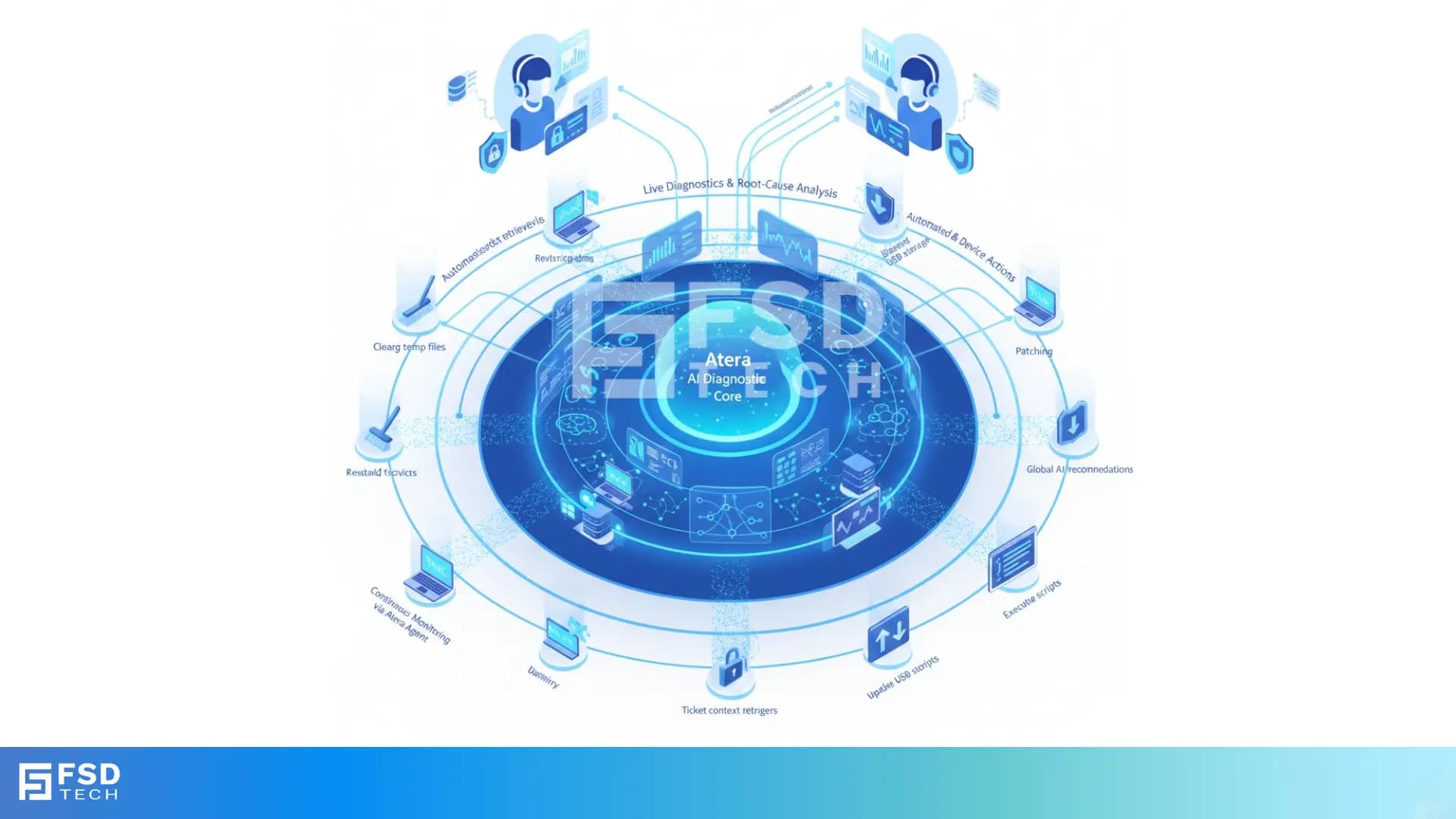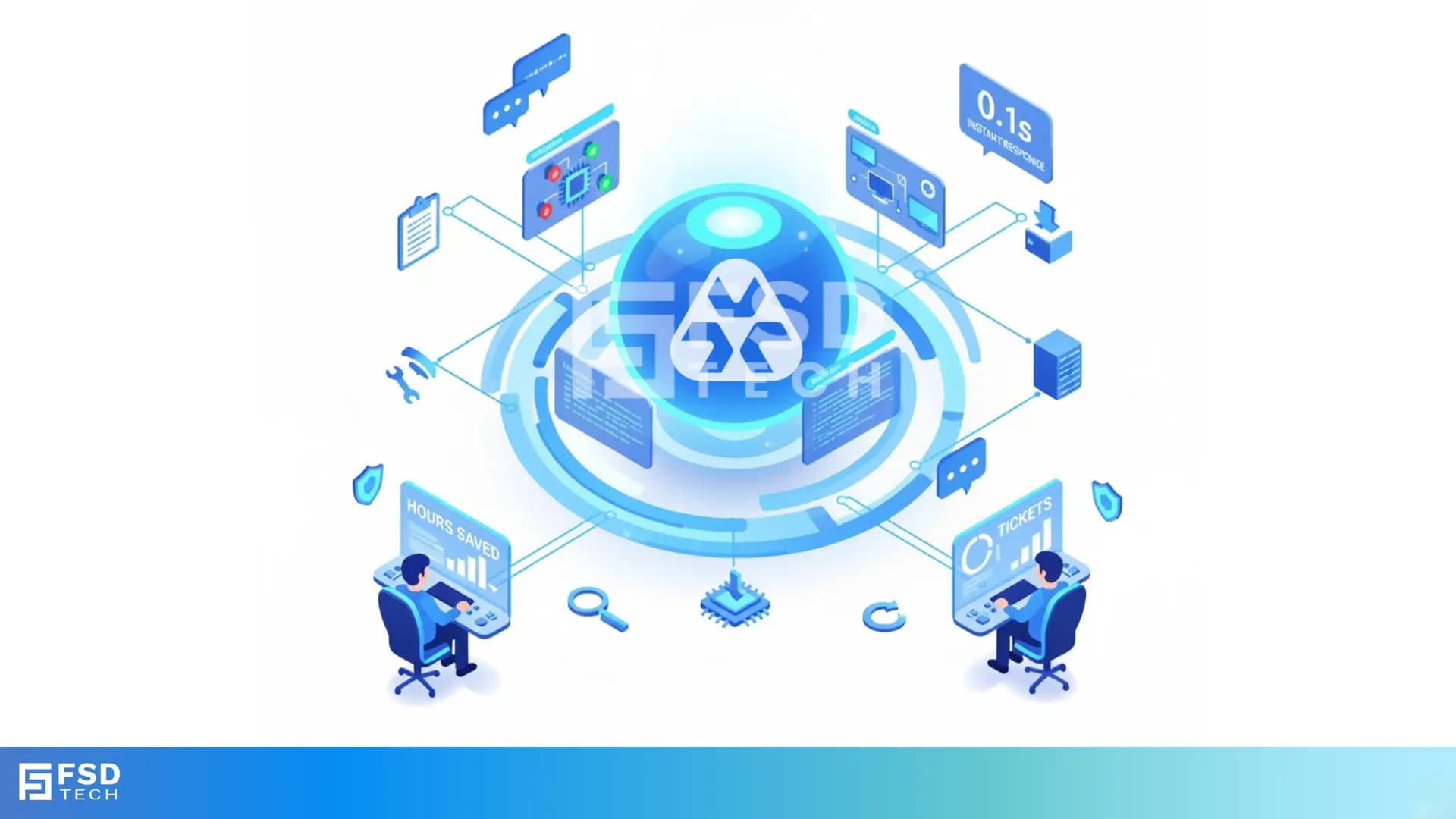
Inside Cato’s SASE Architecture: A Blueprint for Modern Security
🕓 January 26, 2025
.jpg&w=3840&q=75)
In the competitive world of IT management, the right configuration can make or break your team’s efficiency. For Managed Service Providers (MSPs) and IT departments, Atera offers a suite of tools to enhance everything from incident response times to client satisfaction. But even with its powerful features, achieving maximum efficiency with Atera requires fine-tuning. This guide offers essential tips and best practices to help you optimize your Atera setup, covering alert management, automation, documentation, and much more.
Atera provides a one-stop platform for remote monitoring, automation, alert management, and ticketing, all tailored for seamless IT management. By configuring it to suit your team’s specific needs, you can reduce downtime, automate routine tasks, and provide top-tier support to clients. Here’s a breakdown of how to unlock Atera’s full potential through strategic configurations and practical tips.
Atera’s AI-driven Copilot is a unique asset for streamlining your alert management. This AI assistant learns from historical incidents and offers actionable recommendations when alerts arise, which helps in identifying and resolving issues faster. Not only does this save your team time, but it also provides a data-driven foundation for ongoing improvements in your IT support strategy.
Efficient alert management begins with precise configuration. Atera’s highly customizable alerts allow IT teams to set thresholds and escalation paths that fit the needs of specific clients, devices, or locations.
Automation is key to scaling operations without increasing workload. Atera allows you to automate common tasks such as patch management, system checks, and even troubleshooting routines, helping to prevent issues before they affect end users.
Atera’s integrated documentation features ensure that all client and device information is easily accessible. A well-maintained documentation hub reduces dependency on individual technicians' knowledge and improves the onboarding process for new team members.
Atera’s reporting features provide actionable insights into your operations, from response times to device health metrics. Configuring reports to run automatically allows you to keep an eye on performance metrics without constant manual tracking.
To improve collaboration, integrate Atera with tools like Slack, Teams, or email to receive alerts and communicate with team members in real-time. This ensures that team members are promptly notified about critical issues, even if they’re away from the primary dashboard.
Over time, even well-configured alerts can become less effective as the IT environment evolves. Review your alerts periodically to ensure they remain relevant to current operational needs.
Documentation quickly loses value if not maintained. Regularly review documentation to ensure it remains current, particularly after significant system changes or updates.
Atera’s reports offer valuable insights, but without analysis, these insights go to waste. Review reports consistently and leverage trends to make informed decisions about staffing, resources, and system improvements.
Automations can sometimes conflict with other processes or lead to overlooked tasks. Regularly review automated workflows to ensure that they’re still aligned with your goals and workflows.
Atera’s alerting system isn’t just about receiving notifications—it’s about proactively managing incidents. Atera’s AI-driven Copilot, paired with customizable alert escalation paths, gives IT teams the tools to tackle incidents with minimal disruption.
| Feature | Atera | Traditional RMM/PSA |
|---|---|---|
| AI-Driven Alert Resolution | Yes, includes actionable insights with Copilot | Limited |
| Automated Documentation Reminders | Fully integrated | Typically manual |
| Customizable Alerts | High customization potential | Varies by vendor |
| Predictive Alerting | Yes, proactive notifications | Limited |
| Advanced Automation | Strong, pre-built templates available | Basic in many solutions |
| Third-Party Integrations | Slack, Teams, and more | Varies by vendor |
| Centralized Real-Time Reporting | Yes, detailed KPI tracking | Moderate |
With Atera’s Copilot, AI-driven alerts, and extensive customization options, it provides a powerful solution that traditional RMMs often lack, particularly in the areas of proactive and intelligent alert management.
By following these configuration tips and regularly reviewing your setup, you can leverage Atera’s full range of features to drive greater productivity, reduce alert fatigue, and optimize your team’s workflow. With Atera, you’re not only equipping your team with a tool but partnering with an intelligent IT management platform that’s adaptable to your business needs.
Curious about how Atera’s development roadmap aligns with the evolving needs of IT management? Join us tomorrow for an exclusive look at Atera’s upcoming features and tools designed to streamline and future-proof your operations even further!
Configuring Atera for IT alert management enables teams to reduce response times, prioritize alerts by severity, and automate routine responses. With features like customizable alert escalation paths and Atera’s AI Copilot, IT teams can streamline incident resolution and avoid alert fatigue.
Atera’s AI Copilot uses historical data to provide actionable insights and recommendations, making it easier to resolve common alerts efficiently. You can also build a knowledge base from these recommendations, improving response times and reducing recurring issues.
Group alerts by categories (e.g., device type or client), filter alerts to show only relevant notifications, and set up a strategic escalation path for critical incidents. Regular alert audits can also eliminate outdated alerts, keeping the system streamlined.
Atera includes pre-built automation templates for patch management, system checks, and maintenance routines. These templates can be customized to meet client-specific requirements and scheduled to run during off-hours to minimize client impact.
Yes, Atera integrates with tools like Slack, Microsoft Teams, and email to streamline notifications and collaboration. For instance, you can set up high-priority alerts in Slack and use email for lower-priority notifications, ensuring your team is always informed.
Atera provides detailed reports on key metrics like ticket closure rates, system uptime, and SLA compliance. You can set up custom reports tailored to client needs, helping to provide transparency and insights into team performance.

Anas is an Expert in Network and Security Infrastructure, With over seven years of industry experience, holding certifications Including CCIE- Enterprise, PCNSE, Cato SASE Expert, and Atera Certified Master. Anas provides his valuable insights and expertise to readers.
Share it with friends!

🕓 December 15, 2025

🕓 December 12, 2025
.webp&w=3840&q=75)
🕓 December 8, 2025
share your thoughts